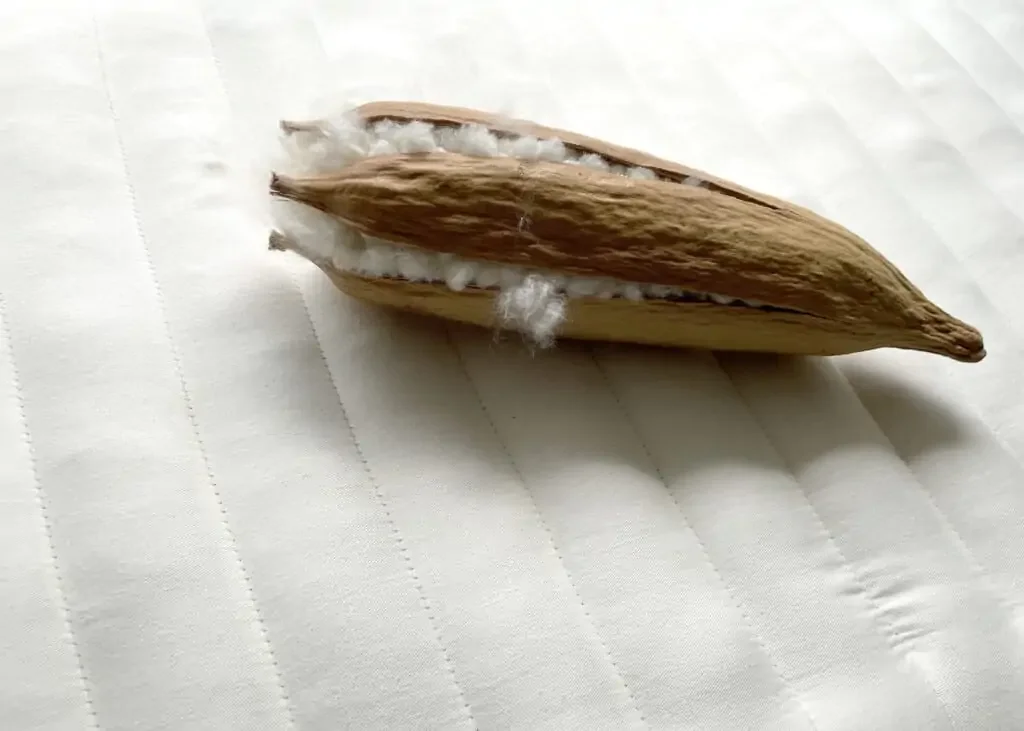Most of the furniture that we buy for our homes contains large amounts of chemicals. And probably more than we think. These can be preservatives (formaldehyde), impregnating agents (fluorine substances) and flame retardants. All the means have some kind of function in relation to the product, but unfortunately no consideration has been given to what the furniture does to our indoor climate and to us as people.
Furniture – also your bed, which you lie with your nose in every night – off-gassing chemicals over time. Outgassing is greatest at the start, but especially flame retardants outgas over a very long time. They therefore become part of your home and the air you breathe every day.
In the course of my life, I have often come across the use of the phrases “the smell of a new car”, “this smells lovely new” or “a smell of freshly painted” It's like that smell is actually a positive thing. But it isn't. In fact, the smell of new is rarely good – at least not for us as humans. What you can smell are chemicals that offgas while you sniff.
But what are some chemicals that we, among other things, exposed to when we e.g. Buying a new bed?
Flame retardants are substances that must limit the risk of fire. They are often used on e.g. electronics, sofas and mattresses. Flame retardants settle in the dust in your home and spread through the air. They break down slowly and settle in the fatty tissue of people. Brominated flame retardants, which are a variant of the flame retardants, are suspected of being carcinogenic, harmful to the fetus and endocrine disruptors.
Fluorine substances are chemical substances that are used to surface treat/impregnate materials. For example to make cardboard and paper grease-resistant or to impregnate furniture, shoes or outdoor clothing. They are also available in non-slip coatings. The fluorine substances are also found in your dust. They accumulate in people and in the environment and are not broken down.
Fluorine substances are hormone-disrupting, carcinogenic, weaken your immune system and increase the risk of miscarriage.
Formaldehyld is a preservative and is massively used in the treatment of textiles. It is widely found in veneer and chipboard products, and the material is continuously degassed. Formaldehyde can also be used in cosmetics as a preservative. For example is a nail hardener a delicious mold shelf cocktail. The substance is allergenic and can irritate your mucous membranes and skin.
All of this has frustrated me enormously. Especially because it is not possible as a consumer to see what has been “sprayed” on which products. So when I was expecting my second child and had been thoroughly informed about everyday chemistry, I did everything I could to create a bed environment that was as natural as possible. And it's actually not that easy. But I managed to find an alternative that is both natural and organic.
We bought mattresses in that kapok. Kapok is actually a fruit that grows wild in the tropical rainforests. It forms fibers like cotton. The fibers are too weak to be used for textiles, but on the other hand they are brilliant as a material for the bed environment.
And in addition to being a natural and chemical-free material, it is actually also antibacterial and temperature-regulating and is grown according to ecological principles. It creates a suitable temperature in the bed and makes sure to release or provide heat – depending on which person you are.
We love it at home. It's different from what we're used to, but after we've gotten to know it, it's become an indispensable part of our nights. And then it has removed the formaldehyde shelf, the fluorine substances and the flame retardants – at least from our bed environment. And at least it's a start.
See our entire selection of organic kapok here:
Duvets, mattresses and pillows
If you want to know more about kapok, read here.
And stay tuned to the blog, where in the next post I will share some good advice to improve your indoor climate and remove all the chemical substances that are part of it.
For more information about the chemicals in your everyday life: Read here at Think Chemistry


